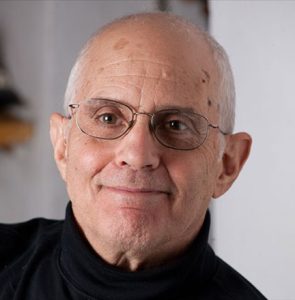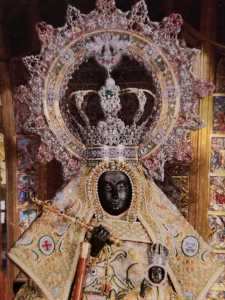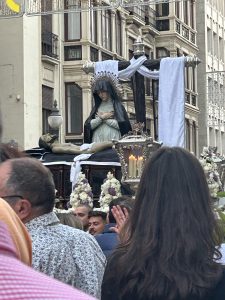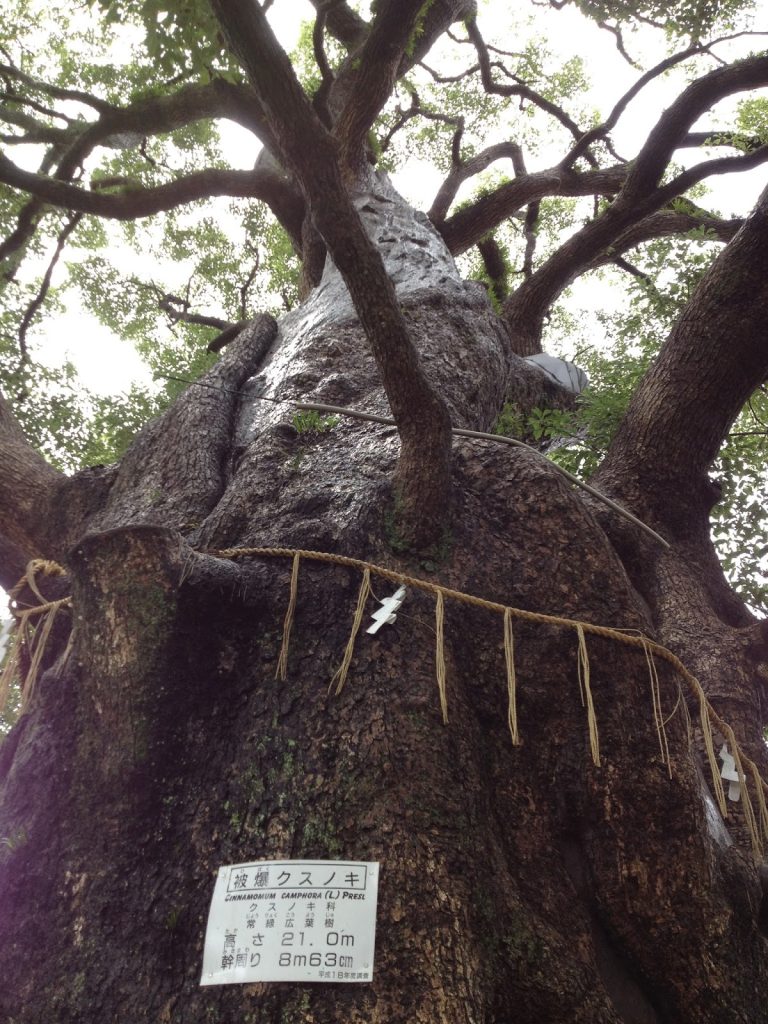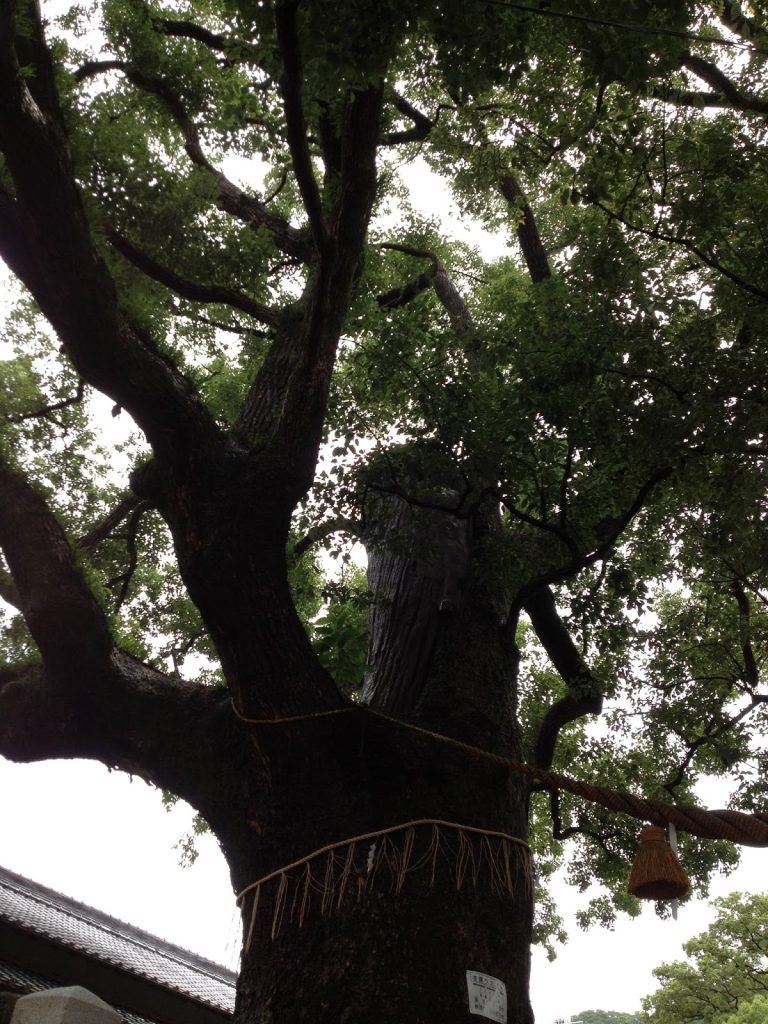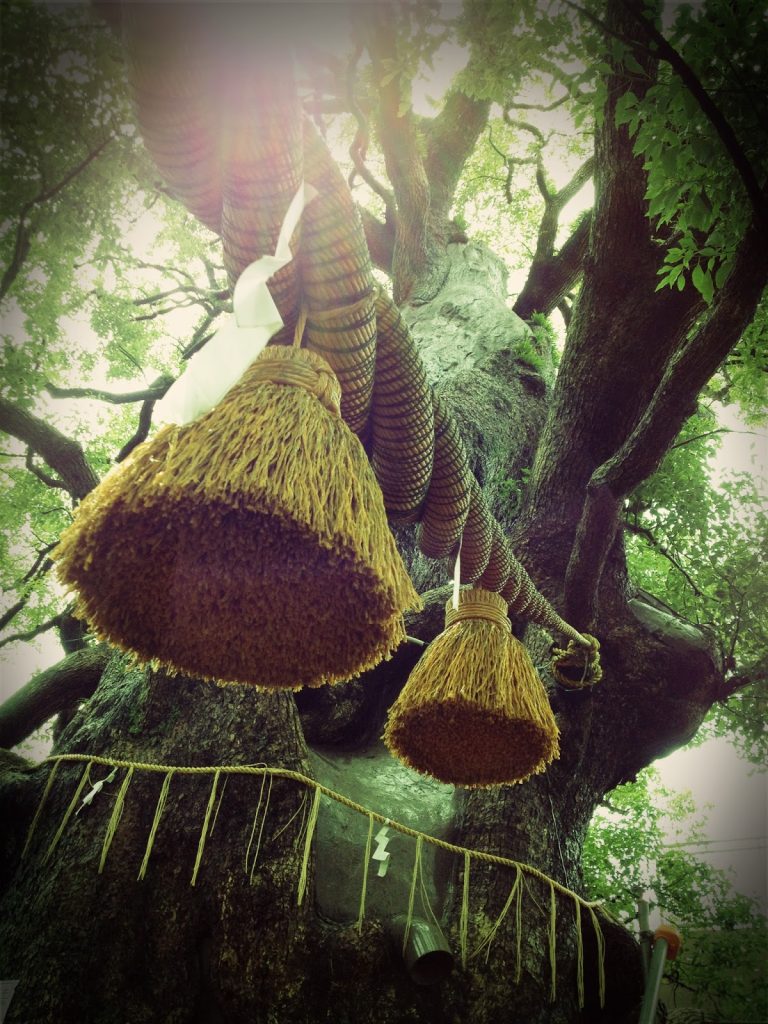Keeping the faith, as we are collectively paralyzed in dark and turbulent times, is very difficult. We are in the third year of a pandemic, marked by vast losses of lives, economic crises, homelessness, and food insecurity. The senseless genocide of people in Ukraine perpetrated by the Russian army is horrendous, blood curling and chilling. It is incomprehensible to most human beings on the planet. If you are someone like Job depicted in the Bible, who was tested with pestilence, disease and waves of losses and gut- wrenching suffering, you can keep the faith without much struggle. However, for people like myself, who are not Jobs of the world, we question where is God in this dark chaos. How can a loving God allow such intense suffering in the world? How does one keep the faith in God in such turbulent times? Where is the human capacity to love, give, share, heal and honor each other? The most difficult test on the spiritual path is keeping the faith in God or Higher Power in the face of darkness and adversity. Even more challenging is spreading the goodness in the middle of intense suffering.
Pondering these questions, I came across a short film, called, “Perfecting the Art of Belonging” directed by Kitra Cahana in 2020. This short film is a collaboration between Kitra and her father, Rabbi Ronnie Cahana. The film portrays Rabbi Cahana’s circumstances and commentary when placed in lockdown during the pandemic in a long term nursing facility in Canada. Deeply moved by Rabbi Cahana’s holiness, keeping the faith and practice of tikkum olan (Jewish tradition of doing good and social justice), I started doing research about the Rabbi. I discovered his remarkable family members.
Rabbi Cahana is a powerful spiritual teacher in our times. His ministry is much needed in our world. This post is not just about Rabbi Cahana. The post also includes the remarkable Alice Lok Cahana, Ronnie Cahana’s mother and Kitra Cahana, the Rabbi’s daughter. The story of the Cahana family portrays how the family kept the faith during very trying and painful times and engaged in the practice of “tikkum olan” which led to the transformation of deep suffering, which cannot be adequately captured in words, to create spaces of healing in the world. Tikkum Olan is a practice in the Jewish tradition for Jewish people to work hard in repairing the broken world. Please forgive me as this is a very simplistic explanation of tikkim olan as I am not a scholar of Judaism. However, I believe that our collective humanity is called to engage in this practice of repairing the world, as it is very broken.
ALICE LOK CAHANA
The Fritzer Ascher Society website has a powerful article, which describes three generations of artists in the Cahana family, Alice Lok Cahana, Ronnie Cahana and Kitra Cahana. Alice grew up in a Jewish family in Hungary. She was very close to her grandfather, a community leader and president of a local synagogue. At the age of 15, the Nazi army deported Alice, her sisters, brother and mother to concentration camps. She survived the Auschwitz-Birkenau, Guben and Bergen-Belsen camps as a teenager. She was the only survivor of her family in the Holocaust. She escaped to Sweden and then, immigrated to the US. Alice Lok grappled with the question of how an omniscient, omnipotent, God of Agape Love can permit indescribable suffering, such as the Holocaust, where human dignity was destroyed and people were labeled with numbers, stripped of their names, and executed. Alice’s work focused primarily on the Holocaust. Alice Lok developed multiple powerful pieces of art, memorializing the lives and voices unheard and destroyed in the Holocaust. Alice’s art is a spiritual monument to not forget precious lives and vibrant communities lost in the Holocaust. Alice also engaged in tikkun olan. Her pictures honored the dead in the Holocaust and serves as a reminder that this should never happen. According to Georgetown University’s Center for Jewish Civilization website(2021) post, “Alice defeated Hitler in three ways: she survived; she ended up turning the destructive processes of her Holocaust experience into creative expression–extracting rainbows from the ashes; and she and her husband produced three children (both sons becoming rabbis) and nine grandchildren”. Alice’s artwork is a powerful reminder of the urgency in addressing the genocide in Ukraine.
RABBI RONNIE CAHANA
Rabbi Ronnie Cahana was a pulpit rabbi for 25 years before he had a stroke in his brain stem which left him as a quadriplegic patient. In her TED TALK in 2014, Kitra talked about Rabbi Cahana’s journey of healing after a stroke. The stroke impaired all his body movement with the exception of his capacity to blink his eyes. His brain is fully functioning and alive. His speech consists of sublime spiritual meditations on love, connection and buoyancy of the human spirit, mind and body.
Rabbi Cahana is a brilliant philosopher and gifted poet. He demonstrates the remarkable capacity of the human condition for joy and resiliency when touched by the Divine Force even in the most challenging circumstances. Like Alice Lok who repaired the world through images, Rabbi Cahana uses words and poetry to practice tikkum olan. In the 2014 TED TALK, Kitra Cahana states her shock when finding that her father is locked in his body due to paralysis. Kitra Cahana discovers that the Rabbi has the capacity to blink to letters and the Rabbi’s first communication was to tell her not to cry because this injury is a “blessing”. Amazing. Stunning. Kitra Cahana describes her father’s healing, and use of adaptive technology to communicate. I am astounded by the Rabbi’s comment that he refused to play the part of a “quadriplegic patient”. He states that despite his paralysis, he soars, dances and twirls in his dreams above the city. He discusses how at one point, he was very low and his “Father” pulled him upwards. Kitra Cahana makes the astounding point that as the outside world shuts down for the Rabbi, he travels inward to touch the core of his spiritual self, “Higher Self” which may be instrumental in transforming his experiences of suffering into mystical states.
Rabbi Cahana eventually goes home and ministers to his congregation. His poetry, a reflection of the incredible spiritual wisdom and strength in his soul, is found on his blog. In the short film produced in 2022, “Perfecting The Art of Longing”, Rabbi Cahana very powerfully points out that holiness exists in this world. He points out holiness is when the body is loved. He celebrates holiness in asking for help and receiving help to meet bodily needs. He discusses the holiness in his dreams about the deep love for his wife, Karen. His dreams of dancing manifest holiness. He defies his physical condition as he dances in joy in his dreams. He does not seem angry. His spiritual gift is in transforming his bodily wounding experience to a sacred experience of learning about the holiness in the human condition. His goal is to live fully. He sees holiness in love, relationships and connections which bind us to our families and communities. His family’s love and care for him is beautiful to watch. He also tells his daughter, Kitra, after his injury not to cry because there is much work which needs to be done to repair a broken world. Tikkum Olan.
KITRA CAHANA
Kitra Cahana is a photographer, videographer, director of films and documentaries. She is a very accomplished woman and created documentaries, films and other projects. She received numerous prestigious prizes for her work. Her devotion to her father and compelling images of her father highlight the importance of honoring human dignity. Her work explores the inner world of her father’s soul. She is sharing the gift of her father’s poetry and meditations on love to uplift humanity in our current bleak times. While her father is in long term nursing facility, Kitra Cahana developed documentaries on nurses and doctors in the middle of the pandemic. She discusses that due to her role as a caregiver for her father, she has become an advocate for medical professional and staff in nursing homes. Kitra also creates documentaries for vulnerable people in long term nursing homes, as they are at high risk for COVID. In an interview on caregiving in the era of COVID-19, for the podcast, Conversation with a Rabbi, Kitra talks about story telling as a form of social activism because it destroys the blindness of society to the pain and suffering of marginalized groups, such as elderly and disabled people in nursing home. Story-telling through video photography allows the world to see the current state of affairs and creates momentum for change. In Canada, the statistics for COVID related fatalities for people in nursing homes is 69%, yet, 1% of Canada’s population live in nursing homes. Kitra founded the organization, Artists-4-Long-term care. She is also involved in the Strength Based Nursing Home movement.
CONCLUSION
The central first question, why does a loving God allow suffering in the world, remains unanswered to me. Different religious and spiritual traditions have different theories about this. The second question is how to keep the faith in God or Higher Power in dark times of adversity. I do not know for sure. Each individual’s test of faith is unique. But I do know that the astounding stories of Alice Lok Cahana, Rabbi Ronnie Cahana and Kitra Cahana depict how they kept the faith and practice tikkum olan despite intense adversity. They demonstrate strength and buoyancy of the human spirit to transform suffering and transcend to healing actions to repair our broken world. Alice Lok Cahana honored and memorialized the dead in the Holocaust through her art. The Rabbi Cahana is healing a broken world through his ministry of words and poetry about love and demonstrating the spiritual force to transcend suffering in the human condition. Kitra Cahana is a social activist and video photographer , with the soul of a poet, in advocating for vulnerable people and channeling her father’s work. Incredible people.
Rabbi Cahana ministered to my soul in these dark times because he shows the remarkable spiritual wisdom and strength that is embedded in the human condition. He is an embodiment of the statement, that human beings are eternal spiritual beings in a temporary human experience . He gives me peace that we can endure to better times. He gives me peace that not all is lost. That is an immense gift to me. He is a powerful teacher of maintaining the faith, optimism and all that is good in the world. I believe that God places people, like Rabbi Cahana, in the middle of storms as a reminder of the best in humanity. I hope that readers also receive the ministering of this incredible Rabbi Cahana in the dark times we live in.
I also am a firm believer in the ideology of tikkim olan. Each one of us has the responsibility to repair the broken world. In repairing a broken world, a key priority is that the genocide in Ukraine needs to end.
